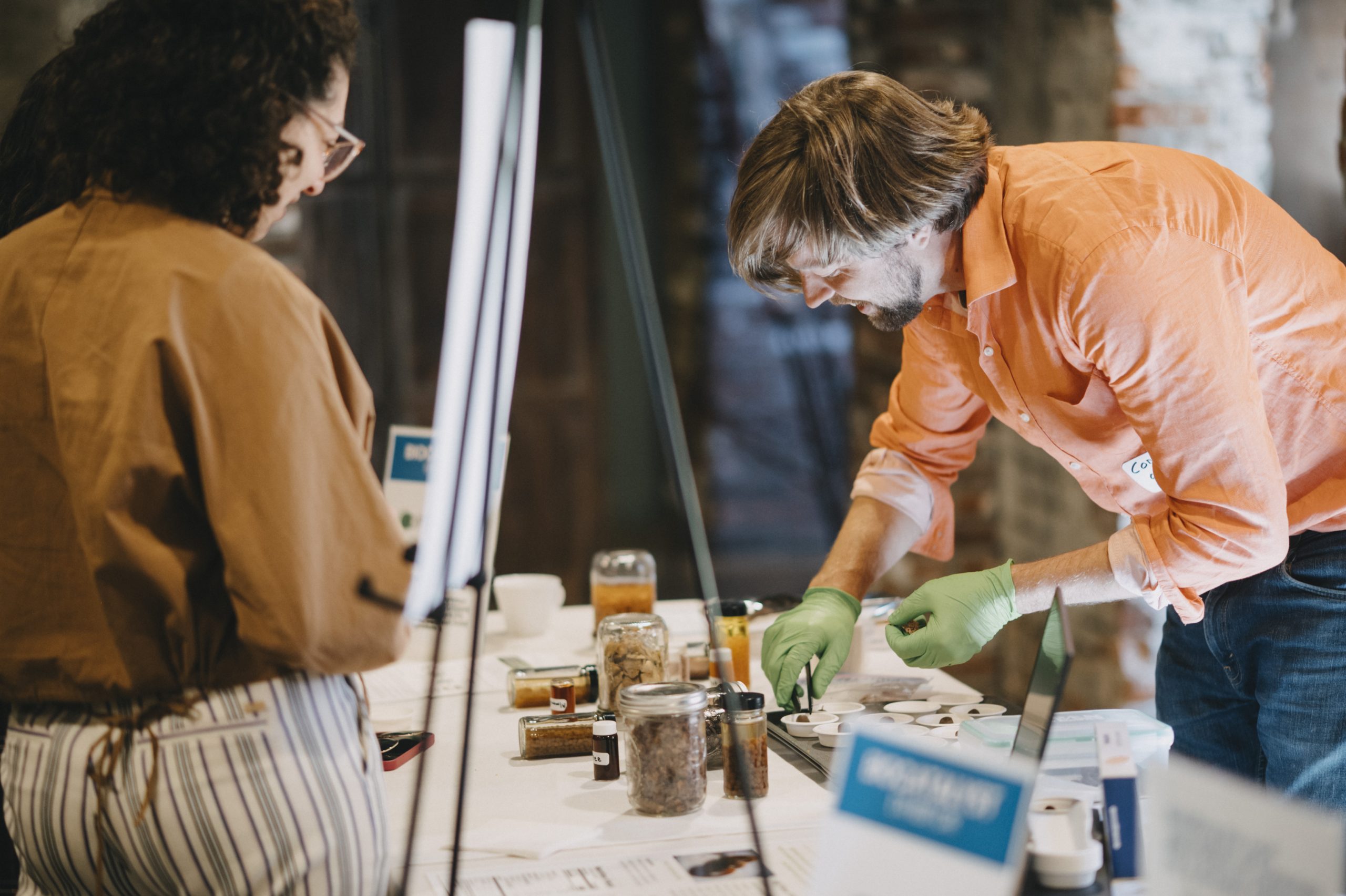BEAM Circular (BEAM) is a rising leader in California’s circular bioeconomy, a sector harnessing the power of biology to create useful products while reducing waste and pollution. Supported by a $750,000 line of credit from NFF, the two-year-old nonprofit is ready to scale its bold vision for innovative social and environmental impact.
Something fresh is stirring in California’s North San Joaquin Valley. What many see as waste, like food scraps and farm byproducts, BEAM Circular sees as potential. BEAM leads a portfolio of public-private partnerships engaged in bioindustrial manufacturing – turning agricultural and organic waste from farms, forests, and cities into valuable products – including bio-based materials, chemicals, energy, and food ingredients. BEAM’s work centers community needs and environmental resilience and provides economic opportunities for local communities and farmers.
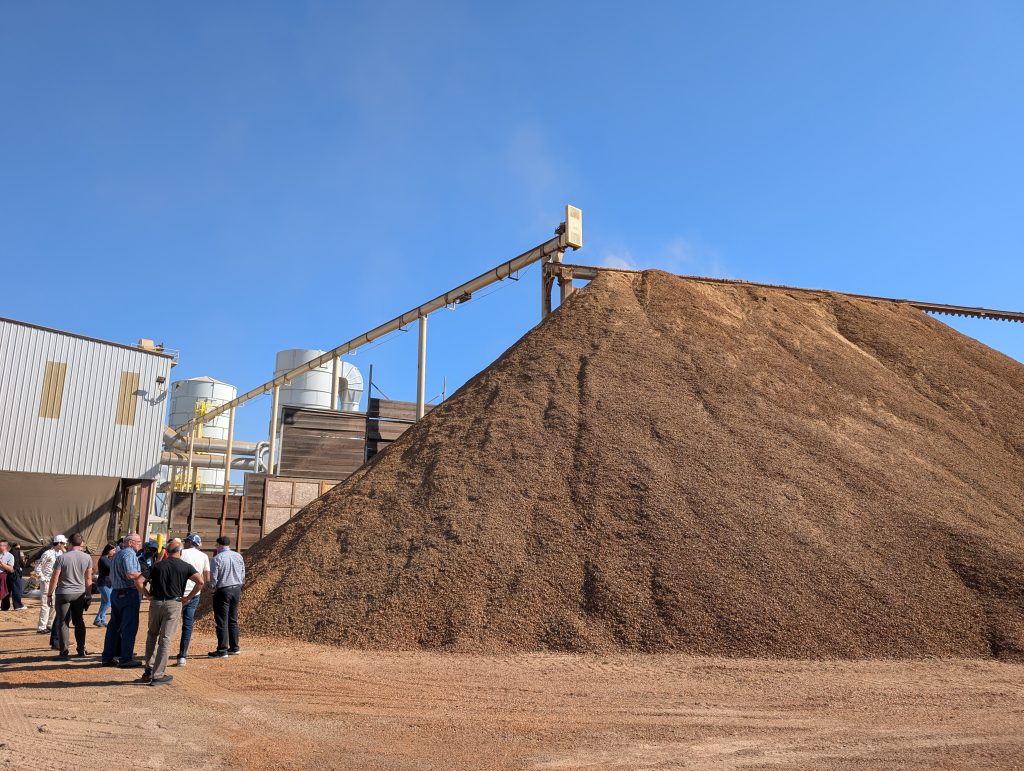
With 43% of residents identifying as Hispanic, and a long history of agricultural bounty, the North San Joaquin Valley is rich in cultural and economic value. Yet nearly half of families continue to face structural barriers to meeting basic needs – such as housing, food, and healthcare – according to the U.S. Census Bureau’s Population Estimates Program. Addressing this requires bold, systemic investments in quality jobs that provide livable wages and create pathways to financial stability and upward mobility. For BEAM, that can take many forms: professional development for local businesses, research, field trips, and policy advocacy.
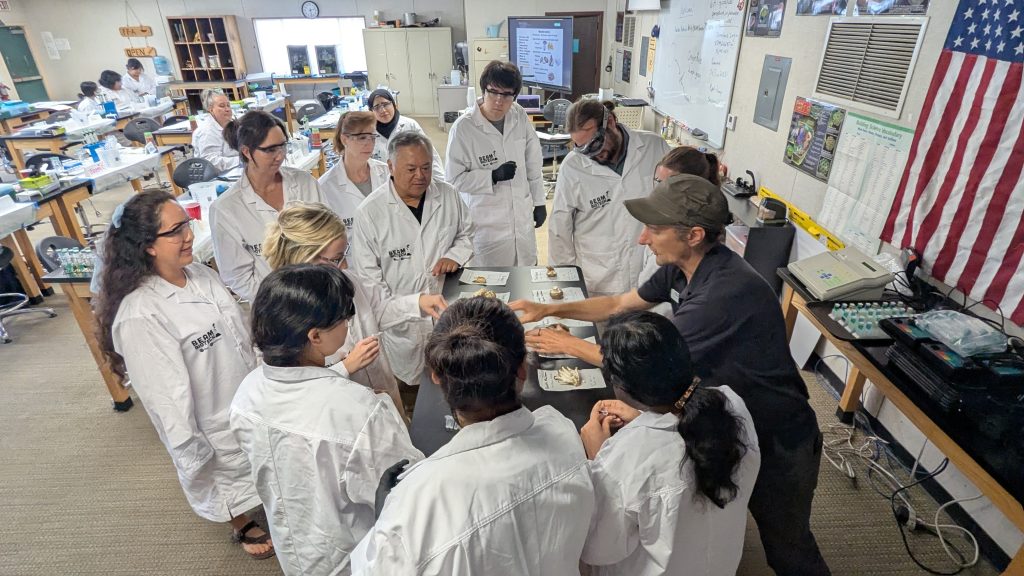
People have no idea what an incredibly vibrant and important agricultural region this is. We are the most productive agricultural land on the planet and real leaders in manufacturing. People forget that California is the number one manufacturing state, and a lot of that happens right here in the Central Valley.
Karen Warner, Founder and CEO, BEAM Circular
Thinking Outside the Shell
At the heart of BEAM’s mission of unlocking the power of communities to transform waste into opportunity are community members like Edgar Perez, whose innovative approach to farming waste shows how circular economies can literally grow from the ground up.
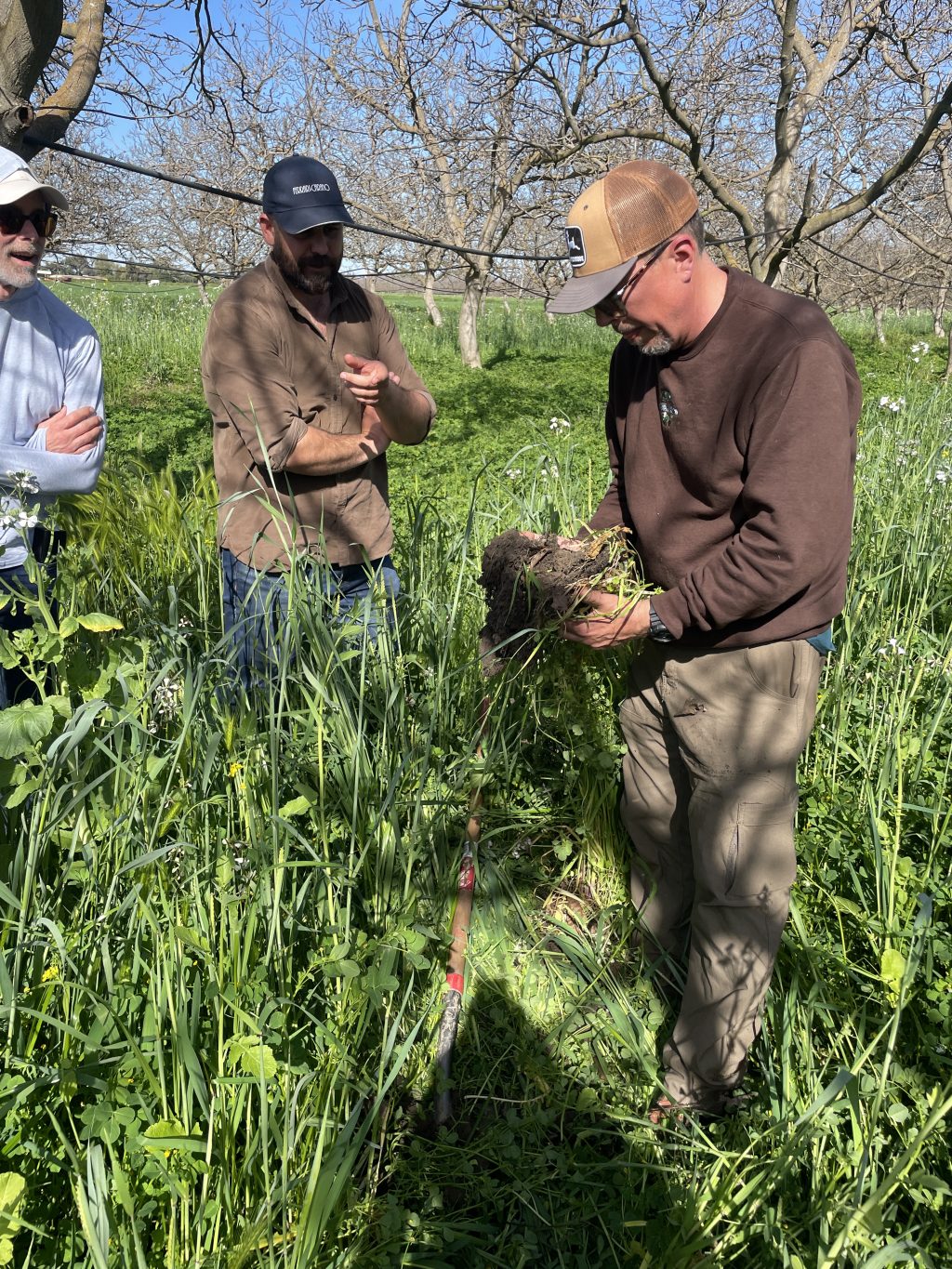
Edgar, founder of agricultural startup Terra Rossa, grew up in California’s Central Valley. He later became a farmer in Turlock, where he and his brother cultivated sweet potatoes, almonds, and onions. After earning his degree from Stanislaus State, Edgar launched Terra Rossa to support farmers by transforming crop byproducts – like sweet potato peels and nut shells – into natural, eco-friendly pest control and organic fertilizers. Now, through BEAM Circular’s 2025 Accelerator program, which funds innovative startups, Edgar is manufacturing at his pilot plant in Turlock, setting the stage for a successful business and the creation of quality local jobs.
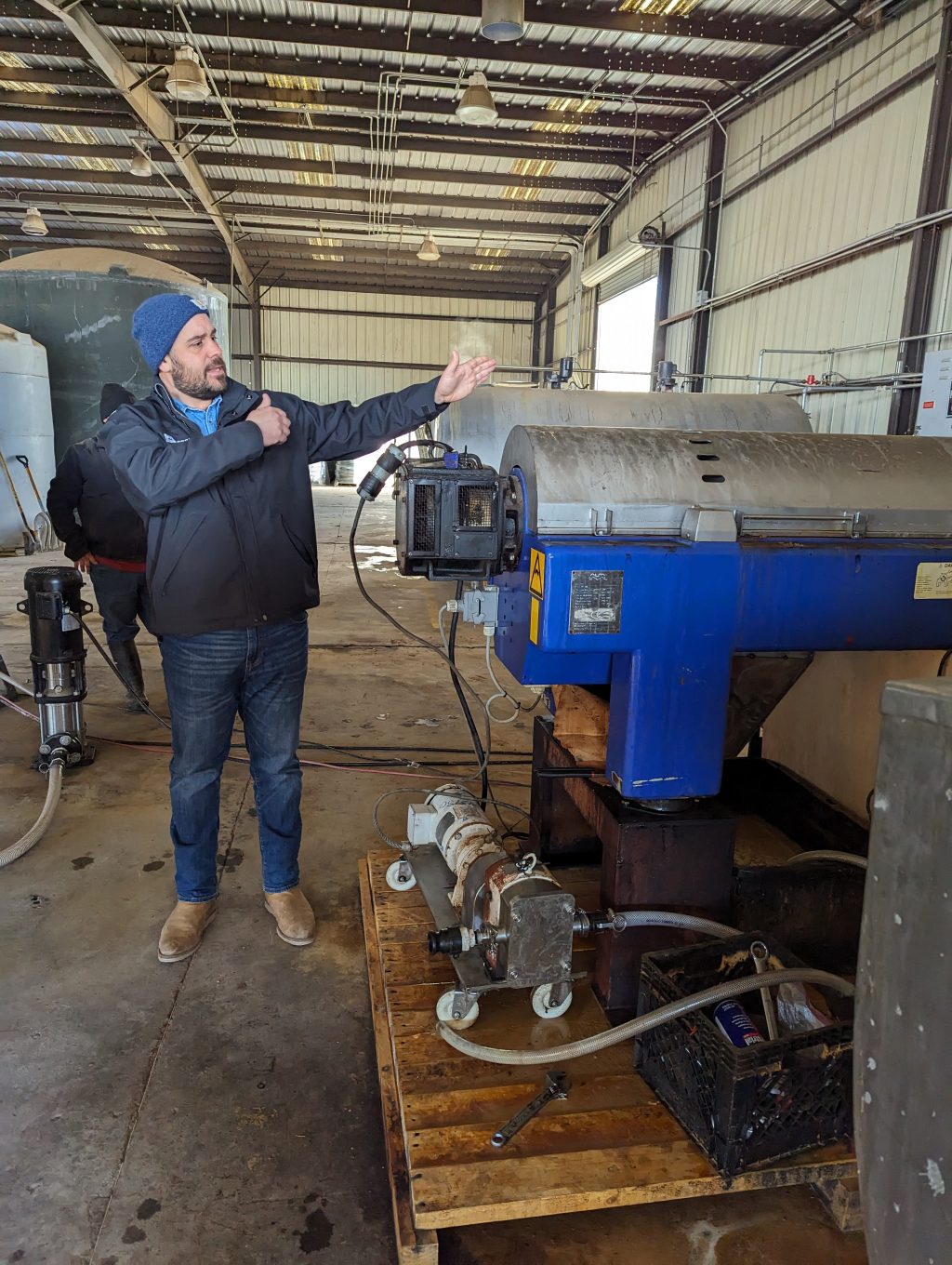
Partnering for Capital Access
Just as BEAM helps local entrepreneurs access the capital they need to grow, it, too, must bridge structural gaps in the funding landscape. Like many nonprofits, BEAM experiences long waits – often at least two to three months – between submitting grant invoices and receiving reimbursement from government, universities, and philanthropy. A $750,000 line of credit from NFF is helping BEAM move forward with confidence as it scales up operations, letting them cover expenses while waiting for grant reimbursement payments. Partnerships made it possible for NFF to offer loan terms best suited to BEAM’s growth needs: Grant funding from the James Irvine Foundation brought the loan’s interest rate to zero percent, and a loan guarantee from Nor-Cal FDC, which is part of the California Infrastructure and Economic Development Bank Loan Guarantee Program, provided additional backing.
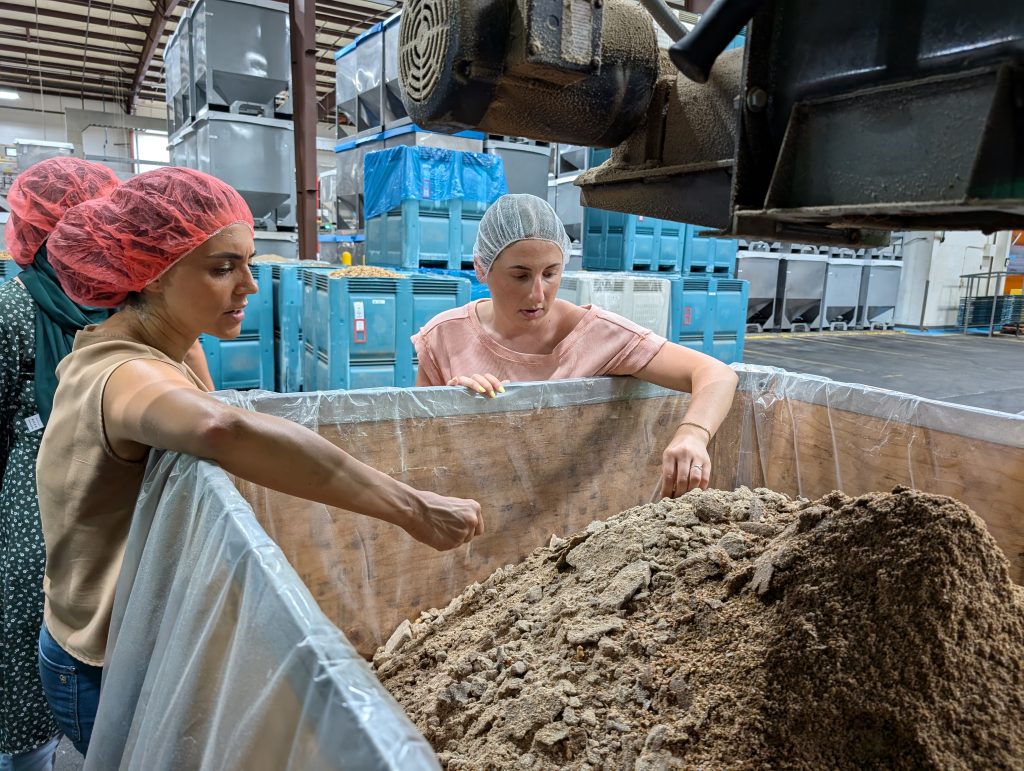
Even organizations with a strong track record of impact can face barriers to accessing financing, especially in the early stages of growth. For BEAM, working capital was hard to come by – most lenders weren’t willing to take a chance on a young community organization with big ambitions. When NFF stepped in, it wasn’t just funding – it was the support BEAM needed to keep their mission moving forward. “This loan is helping us to fill a working capital gap as a relatively young community-based organization deploying resources into our local community,” says Warner. “We can’t do that without the existing resources and capital assets that a more established, larger institution would have. You need to have capital partners who can come alongside you… I’m hopeful this is going to be a great model for others.”
Over time, the emerging bio-based manufacturing industry has the potential to create thousands of high-paying jobs earning on average 30% more than the median wage in the North San Joaquin Valley. By investing in people and the planet together, BEAM is forging a future where community prosperity and environmental solutions go hand in hand.
Building a circular bioeconomy at BEAM is about more than innovation: it’s a true commitment to local ownership and shared leadership. With a place-based team and steering committee of neighbors shaping its economic development strategies, BEAM’s work is led by community members who know the land firsthand and are invested in its growth for generations.
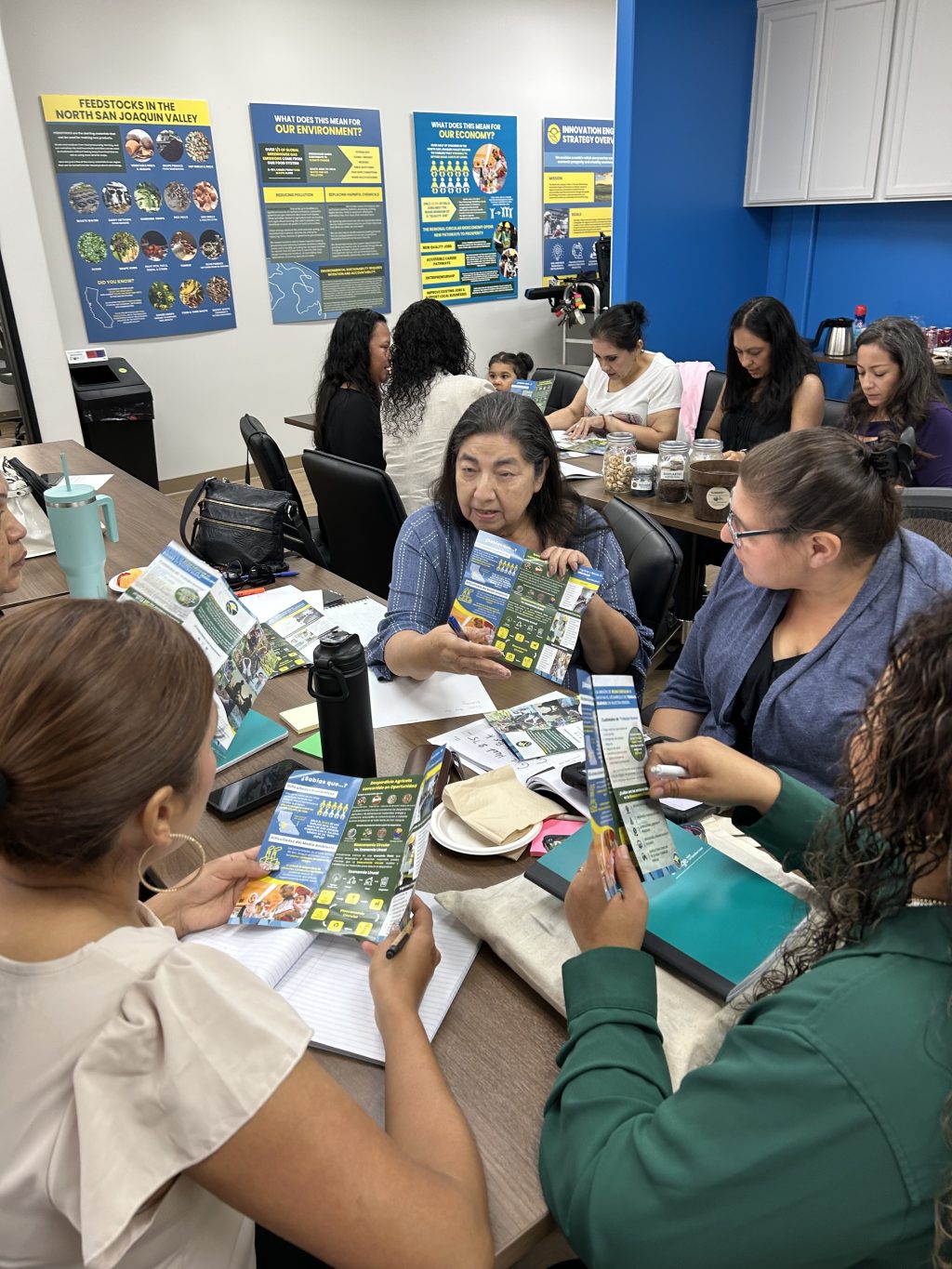
BEAM’s advice for others creating lasting change in their own communities?
Center partnership by working with and through organizations that have networks, expertise, and histories that complement your own. Recognize what your team brings to the table and what types of expertise or resources you can unlock. And turn to longstanding community-led, community-based organizations as essential partners in shaping the direction of your work.
Karen Warner, Founder and CEO, BEAM Circular
Visit NFF’s financing page to see how our loans help organizations like BEAM Circular achieve their goals.
Read more about NFF’s commitment to environmental impact as part of our strategic plan.
